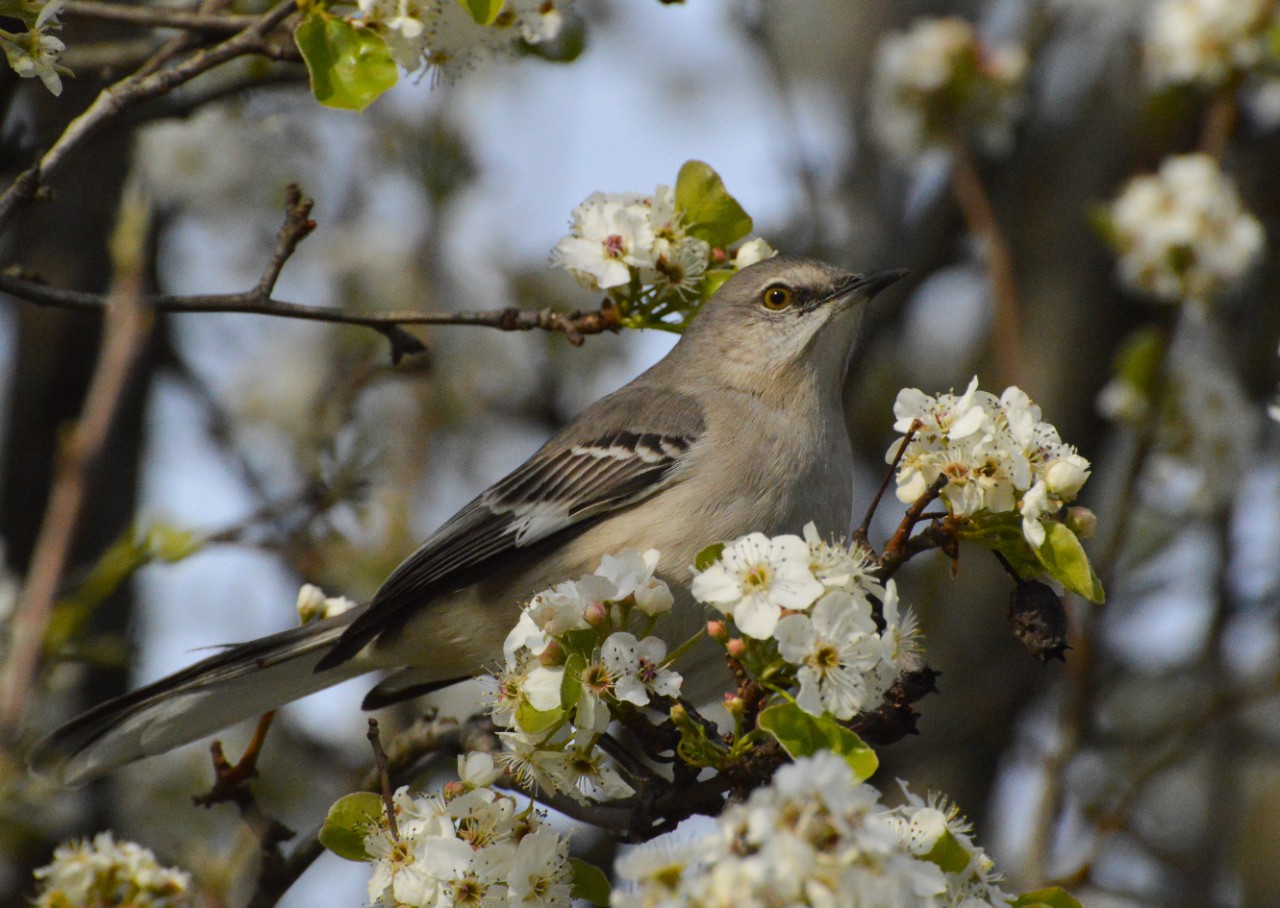
Bradford pear trees look pretty, smell awful. Why are they illegal?
UC biologist tells WLWT that many people are opting for native trees instead
Spring is the best time of year to observe how one nonnative, invasive species is taking over parts of the United States.
Callery pear trees produce pretty white flowers in the spring, making the trees easy to spot along highways and in forest clearings where they are growing wild after escaping cultivation decades ago.
Yahoo! News highlighted efforts by a biologist at the University of Cincinnati to spread awareness about the ecological impact these trees are having in Eastern forests.
UC College of Arts and Sciences Professor Theresa Culley said once Callery pear trees become established, they are hard to remove.
Ohio's Legislature in 2023 outlawed the sale, growing or and planting of Bradford or Callery pear trees. These fast-growing trees were a favorite of the horticulture industry. But birds eat the tree's berries and spread its seeds to road edges and clearings in forests where they often crowd out native trees and shrubs.
Culley told WLWT that homeowners have lots of good alternatives when choosing a tree to plant this spring.
Culley serves on the Ohio Invasive Plants Council and has advised the state on regulations to protect Ohio's agriculture industry and natural resources.
“I've had people tell me they removed their trees and replaced them with a non-invasive alternative,“ Culley told WLWT. “But a lot of people really love their pear tree. It is beautiful. In the spring there is a chemical treatment they can spray on the tree when it's blooming to prevent it from producing fruit.“
Featured image at top: Callery pear trees are common in suburbia, but Ohio is taking steps to prevent them from spreading into wild areas. Photo/Michael Miller
Related Stories
This eyeless cavefish grows extra taste buds
August 21, 2024
Research led by Joshua Gross, PhD, in the UC Department of Biological Sciences, revealed the blind cavefish has a similar number of taste buds as surface fish from birth up to the age of 5 months. Then, these taste buds gradually increase in number and start appearing on the head and chin during adulthood, particularly at around 18 months of age.
Is your garden in need of drought relief?
September 26, 2024
UC Professor Theresa Culley takes listener questions about gardening and the drought on WVXU's Cincinnati Edition.
The surprising strategies animals use to survive winter
November 27, 2024
National Geographic turns to UC biologist George Uetz to learn how spiders and insects survive the long winter.
